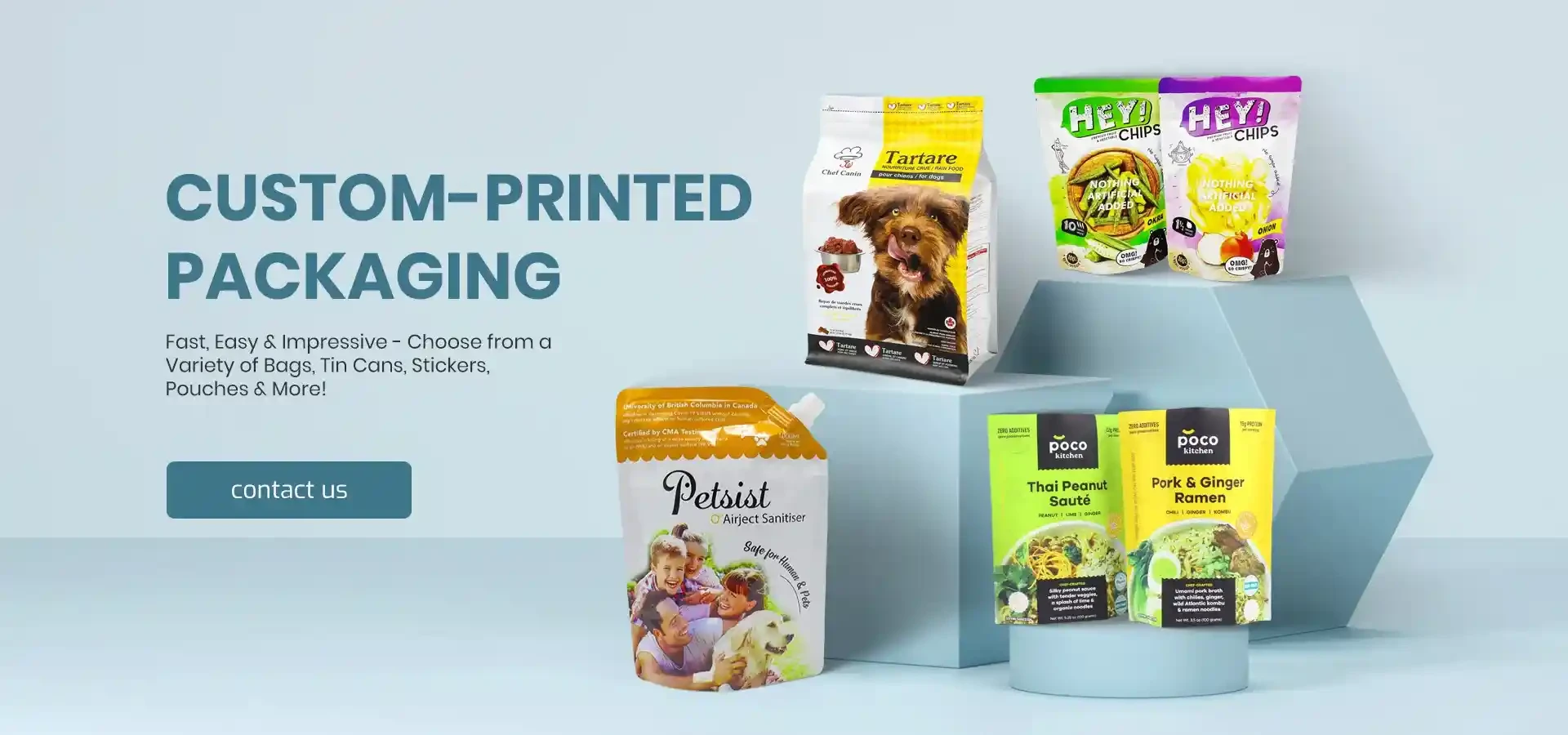- Afrikaans
- Albanian
- Amharic
- Arabic
- Armenian
- Azerbaijani
- Basque
- Belarusian
- Bengali
- Bosnian
- Bulgarian
- Catalan
- Cebuano
- chinese_simplified
- chinese_traditional
- Corsican
- Croatian
- Czech
- Danish
- Dutch
- English
- Esperanto
- Estonian
- Finnish
- French
- Frisian
- Galician
- Georgian
- German
- Greek
- Gujarati
- haitian_creole
- hausa
- hawaiian
- Hebrew
- Hindi
- Miao
- Hungarian
- Icelandic
- igbo
- Indonesian
- irish
- Italian
- Japanese
- Javanese
- Kannada
- kazakh
- Khmer
- Rwandese
- Korean
- Kurdish
- Kyrgyz
- Lao
- Latin
- Latvian
- Lithuanian
- Luxembourgish
- Macedonian
- Malgashi
- Malay
- Malayalam
- Maltese
- Maori
- Marathi
- Mongolian
- Myanmar
- Nepali
- Norwegian
- Norwegian
- Occitan
- Pashto
- Persian
- Polish
- Portuguese
- Punjabi
- Romanian
- Russian
- Samoan
- scottish-gaelic
- Serbian
- Sesotho
- Shona
- Sindhi
- Sinhala
- Slovak
- Slovenian
- Somali
- Spanish
- Sundanese
- Swahili
- Swedish
- Tagalog
- Tajik
- Tamil
- Tatar
- Telugu
- Thai
- Turkish
- Turkmen
- Ukrainian
- Urdu
- Uighur
- Uzbek
- Vietnamese
- Welsh
- Bantu
- Yiddish
- Yoruba
- Zulu
Optimizing Package Filling Solutions for Enhanced Efficiency and Reduced Waste
Understanding Package Fillers Enhancing Safety and Sustainability in Shipping
In the realm of logistics and shipping, the term package filler refers to materials and solutions employed to fill the voids within packaging containers. As online shopping continues to surge, businesses and consumers alike are becoming increasingly aware of the significance of effective packaging. Not only does proper filling protect products during transit, but it also plays a vital role in promoting sustainability and reducing waste.
The Importance of Package Fillers
The primary function of package fillers is to provide cushioning and support to items within boxes or containers. During shipping, products can experience various forces—such as vibrations, impacts, and temperature changes—that could potentially damage them. By using fillers, companies can mitigate these risks, ensuring that goods arrive in pristine condition. This is particularly crucial in industries dealing with fragile items, such as electronics or glassware, where even minor movements could lead to breakage.
Common materials used as package fillers include bubble wrap, foam peanuts, air pillows, and biodegradable packing peanuts
. Each filler type offers different benefits; for instance, bubble wrap provides excellent cushioning, while air pillows are lightweight and reduce shipping costs. Additionally, the growing emphasis on environmental consciousness has led to the development of eco-friendly fillers made from recycled materials or plant-based substances.Sustainability Considerations
In today's eco-conscious market, many businesses are prioritizing sustainable packaging solutions, integrating biodegradable and recyclable materials into their supply chains. Traditional fillers, like Styrofoam, have faced considerable backlash due to their environmental impact and non-biodegradability. In contrast, materials like mushroom packaging or cellulose fillers offer biodegradable alternatives that align with sustainable practices.
package filler

Implementing sustainable package fillers not only demonstrates corporate responsibility but can also enhance a brand's reputation. Customers increasingly prefer to patronize businesses that prioritize sustainability, and by utilizing environmentally-friendly packaging, companies can differentiate themselves in a competitive marketplace.
Innovations in Package Filling Techniques
The packaging industry is continually evolving, with innovations emerging to enhance efficiency and sustainability. One such advancement is the use of automated packing systems that optimize the amount of filler required, minimizing material waste. These systems can analyze the dimensions of the product and adjust the filling strategy according to size, weight, and fragility.
Moreover, companies are exploring the use of smart packaging technologies that employ sensors to monitor the conditions of goods during transit. These innovations can alert shippers if products are subjected to damaging conditions, allowing for proactive measures to ensure product integrity.
Conclusion
As the landscape of e-commerce and logistics continues to evolve, the role of package fillers remains a crucial aspect of the shipping process. By prioritizing effective cushioning solutions, businesses not only ensure the safety of their products but also embrace sustainable practices that resonate with environmentally-conscious consumers. As innovations emerge and sustainability becomes a central focus, the future of package fillers promises to prepare businesses for the challenges and expectations of tomorrow's market. Emphasizing quality and responsibility in packaging will ultimately lead to greater customer satisfaction and loyalty, solidifying a company’s position in a competitive world.













